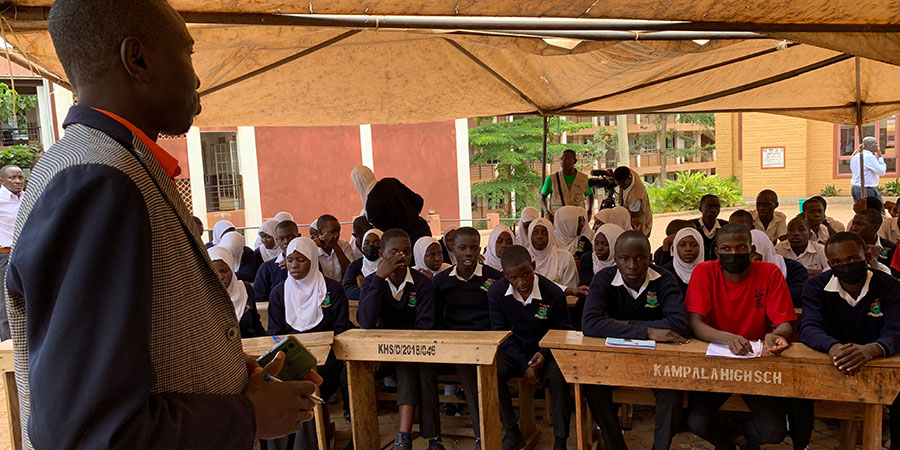Road transport is the dominant mode of transport in Uganda as road transport carries about 95% of the country’s goods traffic and about 99% of passenger traffic. The road safety situation in Uganda has deteriorated rapidly over the last few years, mainly due to the growing vehicle population and the lack of appropriate road safety interventions from the regulatory authorities.
UN Development Report 2018 indicates that road crash fatalities in Uganda in the last decade rose from 2,597 to 3,503 in 2016 representing a growth of 25.9%. Meaning on average, Uganda loses 10 people per day in road traffic crashes, which is the highest level in East Africa. Translated into costs, the overall annual cost of road crashes is currently estimated at approximately UGX 4.4 trillion ($1.2 billion), representing 5% of Uganda’s gross domestic product (GDP). Of these crashes, children and young adults aged between 5 and 29 are the most affected, signaling a need for a shift in the current health agenda, which has largely neglected road safety.
As an NGO, our focus is on promoting and advocating for the development of a sound road transport network through education and training of all road users, rescuing crash victims, and providing them with Psychosocial support. our mandate springs from the UN Decade of Action 2011-2020 pillar number 2) safer roads & mobility, 4) safer road users, and 5) post-crash response.
One of our interventions and promotion of safer roads & mobility and safer road users is that we offer weekly road safety talks to school children in and around the city schools and yet to enroll in upcountry schools that are located within accident-prone areas. Our intervention focuses on three categories of people within the schools; the school children, the school teachers, and the crossing guides.
Since the number of children tends to be many in different schools, we have chosen to use a teacher-empowered approach to disseminate the information to the rest of the children in different classes during their normal lessons. These sessions are brief (30mins) based on their teaching periods and highly engaging using practical simple methods such as games, role plays, storytelling, drawings, crossword puzzle, singing, music, arts, etc. to help children understand the basic road signs and signals, use of sidewalks to and from schools, green cord, finding safe places to cross, use of pedestrian crossways, and avoid playing on the roads among others.
The teachers having been trained to teach, our focus, therefore, is on empowering and equipping them with road safety basics to do with; the highway code, behavioral characteristics and physical capabilities of children, road hazards, types of vehicles, preparing the children to enter and exit the main school entrance, parental involvement, alcohol and drug use by pupils, safe crossing of the road etc. so that they can transfer them on to the learners during their lessons.
However the loop is incomplete without the school crossing guides who play a crucial role in helping the children cross the roads safely. Just like the teachers and the children, we help schools to sometimes identify as well as train the crossing guides to help them execute their jobs well. For sustainability and continuity purposes, we launch road safety clubs in every school trained so that through these clubs, the rest of the children can find a platform to learn, participate, and reach out to others as road safety ambassadors.
Published by:
Richard Young Owere
Executive Director LRSI
Email: lrsi.richardyoung@gmail.com


